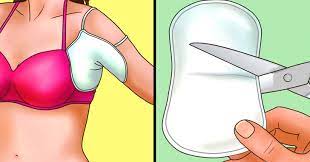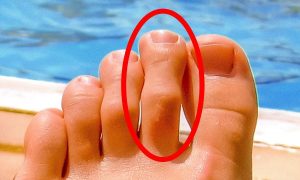How do you save time when organizing clothes after washing them? Are vacuum bags for storing clothes really that useful? What can help you dry delicate fabrics? Let’s learn the answers to all of these questions and find out what we’ve been doing wrong.
Will remind you about the most popular mistakes we make when washing, drying, and storing clothes that make them look bad and not last as long.
Laundry mistakes
- Not taking the degree of dirt into account. Very dirty pieces of clothing should be washed separately from relatively clean ones because for every single situation you need a different amount of water. If you don’t follow this rule, over time, white clothes will become grey or yellow, and colored clothes will lose their color.
- Not sorting clothing correctly. Experts recommend washing small clothes with big ones. This allows clothes to move around the inside of the machine more freely which makes the effectiveness of washing better.
- Not adjusting the water temperature. Detergents are most effective in warm and hot water. Cold water should be used only for washing clothes that are not very dirty.
- Not turning cotton and wool clothes inside out. Because of the friction with other items in the wash, lint may appear on these clothes. It might be hard to remove, so it’s better to prevent it from happening in the first place.
- Not using washing bags for underwear and socks. Buying a bag for delicates won’t just save your time because you won’t have to sort the clothes after washing, but also these delicate clothes won’t stretch and tear as easily.
- Using a fabric softener when washing sportswear. Most modern athletic clothing is made with special fabrics that make sweat dry faster. Fabric softeners may leave a film on the material that will negate the abilities of this type of fabric.
Drying mistakes
- Drying swimsuits on a radiator or in a dryer. The elasticity of a swimsuit can be damaged by heat, so right after washing it, just place somewhere it can dry without any heat.
- Not using a coat hanger to dry shirts and other clothes. In this case, you should choose wooden hangers: the clothes won’t lose their shape, they won’t stretch, and there won’t be any wrinkles.
- Hanging woolen and knitwear. Clothes made of natural stretchy materials should be dried on a table or a flat surface. You can put a sheet under them to protect the table.
Storing mistakes
- Using vacuum bags for far too long. Plastic bags are great for storing clothes for a short time or when transporting them, but they may damage your clothes if you use them too often. Clothes need a natural temperature and enough ventilation in order to help the fabric keep its qualities and appearance.
- Storing dirty clothes. Washing clothes before storing them for a long period of time can prevent the reproduction of bacteria and decrease the chances of parasites appearing. This is especially true for sportswear. After heavy workouts, you should wash your clothes as fast as you can. If you ignore this rule, your sportswear may lose its qualities and its appearance.
- Hanging sweaters and knitwear in a closet. Even if you find the right size hanger, you still won’t be able to avoid the deformation of your clothes if you keep them on hangers. It is best if you have a separate shelf for sweaters and cardigans.
Bonus: Effective ways to hide sweat stains
In hot weather, there is a chance that sweat stains will appear under our armpits. They make us feel really uncomfortable, but there are very simple ways to avoid them.
- Buy dress shields. They are pads that absorb moisture from under your arms. Some types of shields can even be sewn into the clothing.
- Cut a panty liner in half, put some adhesive on the armpit of the shirt you are wearing and stick the piece of the liner to the arm. Repeat this with the other side and you are safe for the whole day!
Do you know any other useful tips on extending the life of clothes?






















